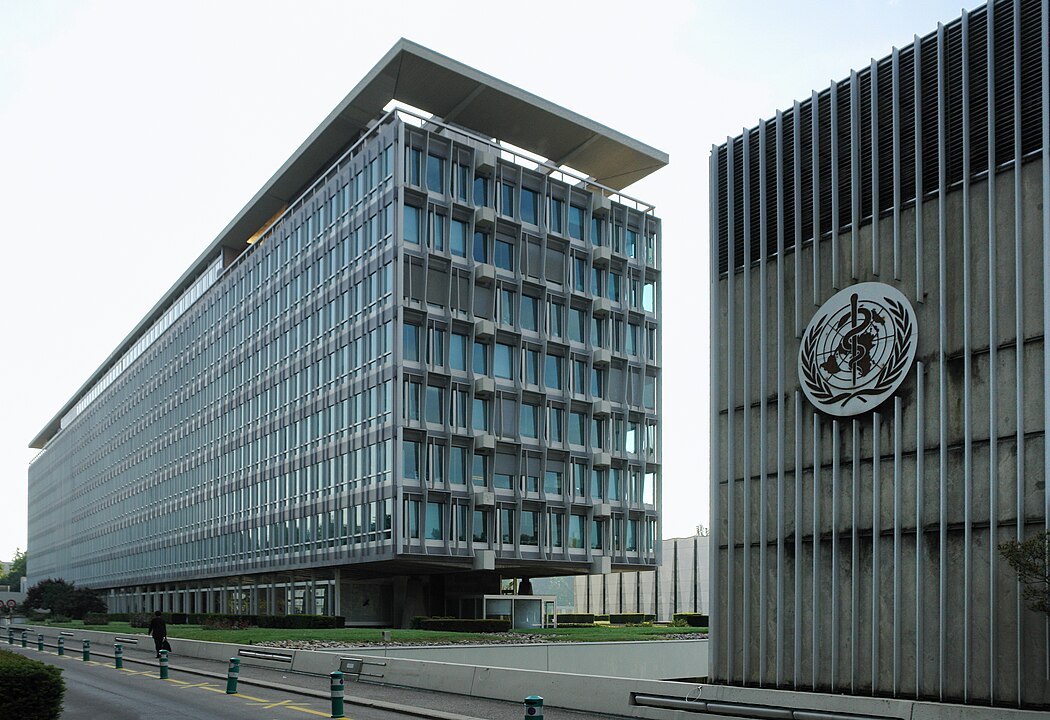Health
WHO issues global guidance vs. antibiotic pollution from manufacturing

World Health Organization Headquarters (File Photo By I, Yann/Wikimedia Commons, CC BY-SA 3.0)
By WAM, Philippine News Agency
GENEVA – The World Health Organization (WHO) has published its first-ever guidance on antibiotic pollution from manufacturing.
The new guidance on wastewater and solid waste management for antibiotic manufacturing sheds light on this important but neglected challenge ahead of the United Nations General Assembly (UNGA) High-Level Meeting on antimicrobial resistance (AMR) taking place on Sept. 26, 2024, said a WHO press release issued on Tuesday.
The emergence and spread of AMR caused by antibiotic pollution could undermine the effectiveness of antibiotics globally, including the medicines produced at the manufacturing sites responsible for the pollution.
Despite high antibiotic pollution levels being widely documented, the issue is largely unregulated, and quality assurance criteria typically do not address environmental emissions.
In addition, once distributed, there is a lack of information provided to consumers on how to dispose of antibiotics when they are not used, for example, when they expire or when a course is finished but there is still antibiotic left over.
“Pharmaceutical waste from antibiotic manufacturing can facilitate the emergence of new drug-resistant bacteria, which can spread globally and threaten our health. Controlling pollution from antibiotic production contributes to keeping these life-saving medicines effective for everyone,” said Dr. Yukiko Nakatani, WHO Assistant Director-General for AMR ad interim.
Globally, there is a lack of accessible information on the environmental damage caused by manufacturing of medicines.
“The guidance provides an independent and impartial scientific basis for regulators, procurers, inspectors, and industry themselves to include robust antibiotic pollution control in their standards,” said Dr. Maria Neira, Director, Department of Environment, Climate Change and Health, WHO.
“Critically, the strong focus on transparency will equip buyers, investors and the public to make decisions that account for manufacturers’ efforts to control antibiotic pollution,” she said.
The guidance was developed in close collaboration with a diverse group of international experts representing academia, regulators, inspectors, international organizations such as UN Environmental Programme and other sectors.
The draft also underwent public consultation, receiving valuable input from industry and other stakeholders.
Industry has also taken up this challenge, though a voluntary industry-led initiative which can be updated in some areas to align with the new guidance.
The guidance provides human health-based targets to reduce the risk of emergence and spread of AMR, as well as targets to address risks for aquatic life caused by all antibiotics intended for human, animal or plant use. It covers all steps from the manufacturing of active pharmaceutical ingredients (APIs) and formulation into finished products, including primary packaging.
AMR occurs when bacteria, viruses, fungi, and parasites no longer respond to medicines, making people sicker and increasing the risk of spread of infections that are difficult to treat, illness and death.
AMR is driven largely by the misuse and overuse of antimicrobials, yet, at the same time, many people around the world do not have access to essential antimicrobial medicines.





















